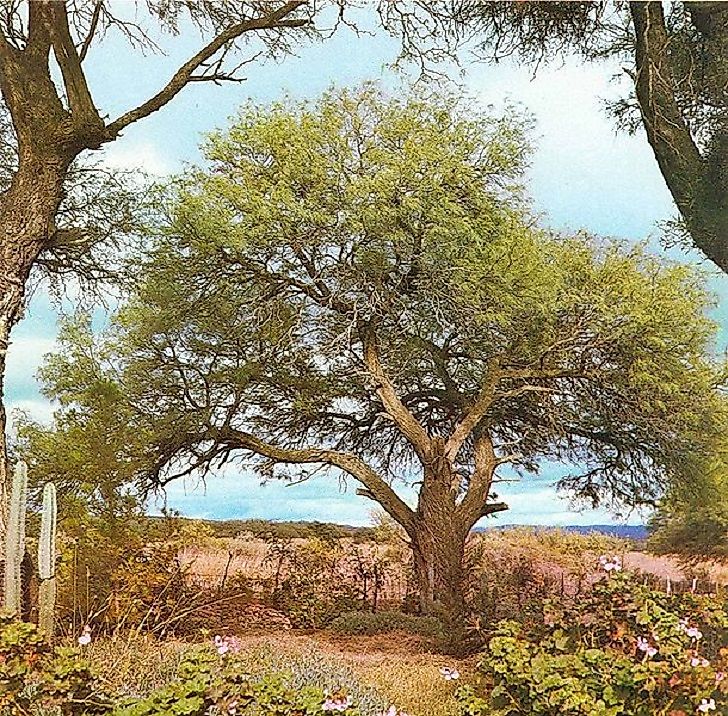Gran Chaco Lowlands Of South America

5. Description
This hot and dry area in South America is shared by Bolivia, Paraguay, Argentina, and Brazil. Although some areas of the Chaco are agricultural land and swampy with high precipitation. The name comes from the Quechua word, Chaku meaning hunting land. The Gran Chaco landscape is mostly parched and hot region thinly populated situated in the Rio de la Plata basin. Gran Chaco is bordered by several South American countries and is also known as the Chaco Plain. It has a total area of about 250,000 square miles. Today, the Gran Chaco is politically divided into three namely: Argentinian Chaco, Bolivian Chaco, and Paraguayan Chaco.
4. Historical Role
Historically, the Gran Chaco was a Spanish colonial region that was established by the descendants of the conquistadors. The Spaniards originally named the Gran Chaco, Chiquitos. Then in 1810, trouble started after the independence of the countries that bordered its perimeter claimed larger shares of the Chaco land areas. Each country tried their best to outdo each other. Then, in 1920, the first Mennonites, religious communities of the Anabaptists, arrived in the Paraguayan Gran Chaco. They settled the land and created communities that are today self-sustaining and wealthy. Although some areas are thinly populated, the total population exceeds nine million today. Recent modern highways have made the Gran Chaco more accessible.
3. Modern Significance
There are about 16 provinces that belong to the three border countries that are either entirely or partly situated in the Gran Chaco. Commercial interests in the Chaco region varies from logging and cattle ranching to fuel crops harvests. Lately, a management system was proposed and developed that would introduce diversified ranching, subsequently producing diverse products such as wildlife production, timber, beef, and charcoal. This would be possible with good management in forestry, wildlife habitat protection, good land use, and crop rotation. The most viable areas of the Grand Chaco for this management system are situated in Argentina and Paraguay. Since the Mennonites have already established prosperous communities in the Chaco region of Paraguay.
2. Habitat and Biodiversity
The landscape and topography of the Gran Chaco is varied ranging from wetlands, riverine forests, deciduous forests, woodlands, flooded forests, gallery forests, savannas, cactus stands, and moist slopes.Although arid plains, semi-arid plains, and humid plains dominate the Gran Chaco. Fauna biodiversity range from tapirs, deer, peccaries, jaguars, and howling monkeys. There are several species of armadillo including the endemic pink fairy armadillo. Native birds include the seriema, parakeet, ground dove, cuckoo, thorn-bird, and finch. These avian fauna account for about 409 species that breed and live in the Gran Chaco. Bolivia has established the Kaa-Iya del Gran Chaco National Park in 1995 to promote the protection and conservation of flora and fauna inside their part of the Gran Chaco.
1. Environmental Threats and Territorial Disputes
Although the indigenous peoples of Bolivia, Paraguay, Argentina, and Brazil live in the region, some unresolved territorial disputes still exist between these countries. The indigenous people subsist on primitive agricultural practices where it is possible to plant crops. However, modern agriculture has also been introduced with fuel crops. Although this comes with a price such as loss of habitat and denudation of virgin forests. The problem is especially great in Argentina between 2001 and 2007 when about 100,000 hectares of forest land were affected annually. Paraguay also lost its dry forests and rainforests. The problem has created land grabbing from indigenous communities and has also tainted their water supplies with fertilizer and pesticide runoffs.











